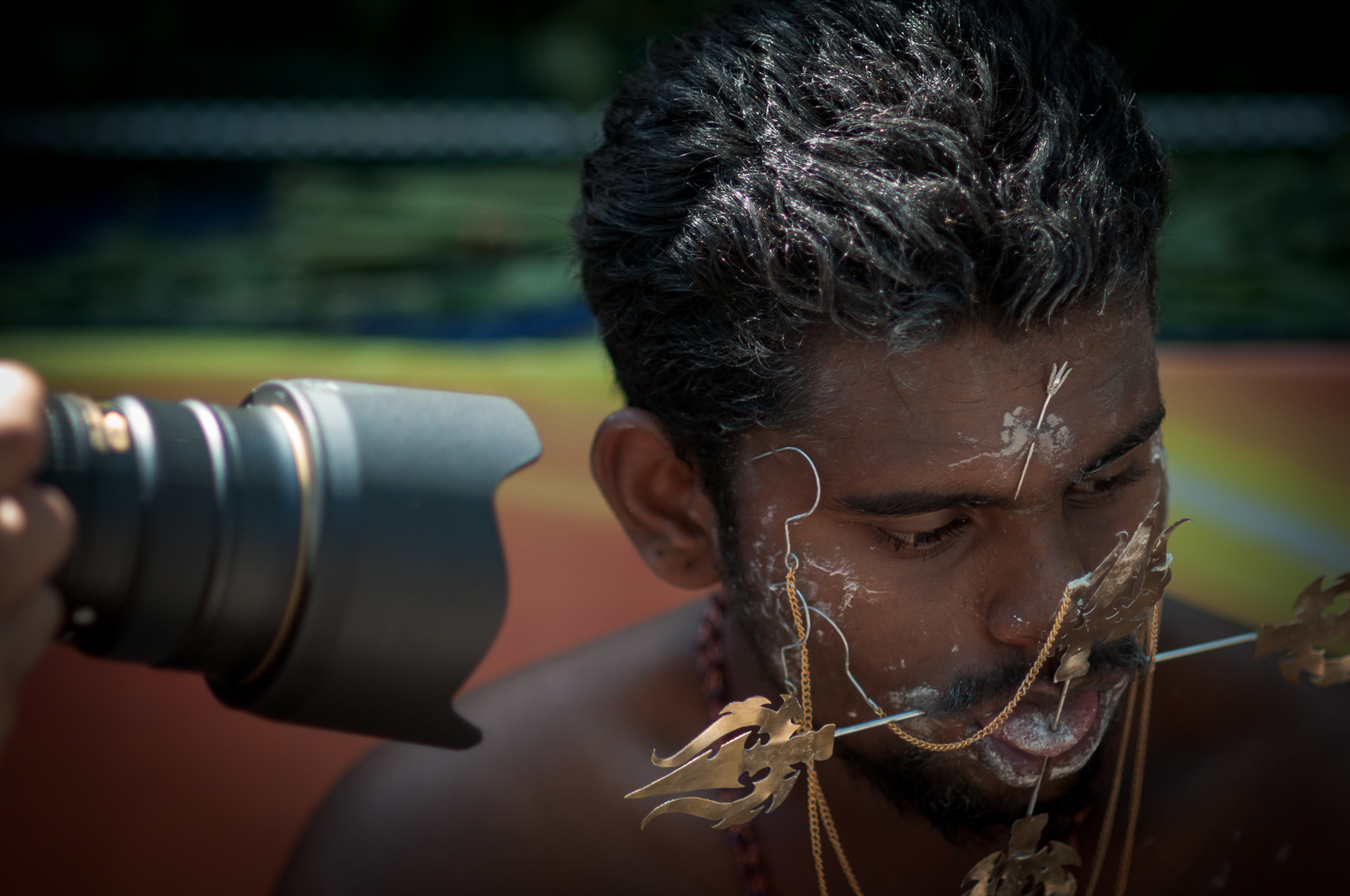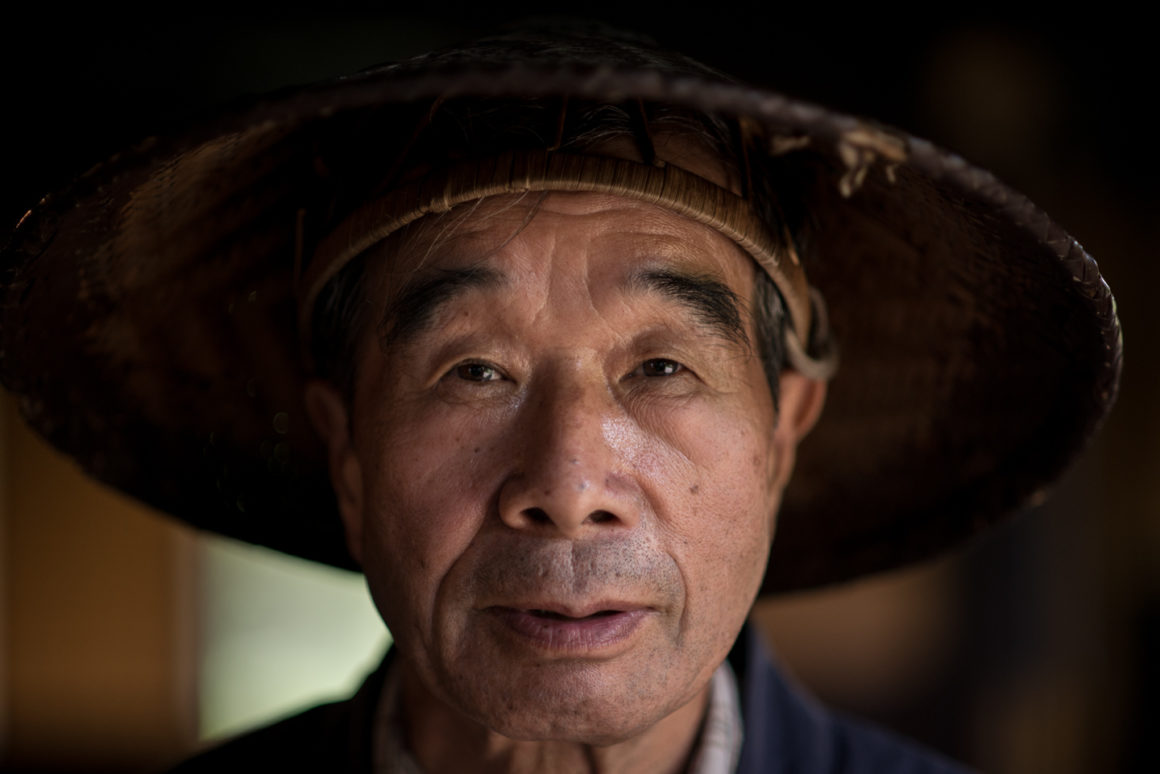Do We Take Photos Or Do We Make Them
We talk about taking photos, or shooting photos, but should we use this kind of language for the photographs we make?
During a recent Japanese lesson, my sensei (teacher) was explaining how potential verbs work in Japanese, in sentences where we talk about being able to do something, having the ability or potential to act in some way. She used an example that included the phrase for ‘take a photo’.
I wasn’t able to resist the urge to interrupt: ‘We don’t take photos, we make them.’ What then followed was a short conversation on the difference between taking and making photos, which might not have convinced my sensei but at least gave me the chance to practise using some different Japanese verbs in their various forms.
The Way We Talk about Photography Matters
Consider how we talk about photography. We take a photo. We shoot a photo. It might be small, but there is still a hint of violence or aggression in these words. When you photograph your loved ones, does it really feel as though you’re shooting them, or taking something from them?
Of course, language is slippery, and words can often mean more than one thing. We shoot a gun in the same way we shoot at a target. It’s about taking aim. Sailors would shoot a sextant, taking aim at the sun or the stars as a way to accurately chart their course. And in woodwork and carpentry shoot is used to talk about accurately making a piece of wood flat or well shaped.
It’s not hard to imagine how photographers, in the early years of the art-form, might’ve been obsessed with trying to produce an accurate photograph. The technology was new, crude and unstable. Just getting an in-focus, well-exposed photo was a struggle.
But camera technology has changed photography in fundamental ways. You once had to read the manual, or get some training, just to be able to use a camera. Now, thanks to smartphones, everyone’s a potential photographer capable of making images even in the kind of difficult lighting conditions that would’ve challenged experienced photographers with high-end cameras just a generation or two ago.
I’m not saying good camera operation or manual photography skills are irrelevant; they’re simply taken for granted. We’ve transcended the problem of how to use a camera.
And, because of that, we need to keep asking questions about what photography means to us today and what the legacy of words like take and shoot might be.
Beware the Predatory Photographer
The young man was not feeling well. Resting on a bench, he had recently received piercings through his tongue and face, one of many Thaipusam devotees who that sunny morning were having their bodies pierced with hooks, lances and other metallic objects, as part of the religious festival. The day was hot, the crowds, in this small market area where we found ourselves, were well into the thousands.
I was waiting with him until he felt stronger before making a photograph. In those few minutes, at least five photographers came up and photographed him, unannounced and without consent. One of them even posed his wife/girlfriend next to the devotee, complete with cheesy grin and hand gestures. Another placed his camera so close I had to make this photo just to document it. The photographer never said please or thank you; he just took the photos, stared down at the back of his camera, then walked away with a contented look on his face.

I’ve written about this before as a failure of photographic ethics, but it’s really something deeper than that, something closer to a failure of humanity.
Words like take and shoot fit well with a predatory approach to photography; they are ruthless. If the photograph is the only thing that matters then people, and the lives they live, are just props to aim our cameras at. Whether or not you can make good photos this way is secondary to the deeper question of whether or not this attitude helps make the world a better place.
I’m not saying street or candid photography is always bad. Some forms of street photography are good, especially when they document the way people live; it can be a humanitarian and historical gift. I’m simply saying people matter; they deserve our respect. Slowing down and taking a few extra moments to make photographs in a way that is respectful doesn’t harm our photographs; if anything, it enhances them.
Photography as a Way to Be in the World
In a previous piece, I discussed the way photography is an answer to the question of how to be in the world. This is true of any art, of any creative work we do. We are answering the question. It’s the ideas in our photographs – more important than our compositions, or the way we handle colour and light – what we’re saying about how we position ourselves in relation to the world and how to live in it.
For what now seems like far too long a time, I tried to make photos that were visually captivating, in a very superficially aesthetic sort of way. I was in love with what photos could become when processed in ‘my style’. I photographed a lot of old things, a lot of rusty things and, of course, whenever possible, a lot of old, rusty things.

While these photos said a lot about my skills as a camera operator and photo editor, I’m not sure they said much about my beliefs about living well. I could spot a photogenic old bicycle in a back alley, so what?
These photos have a place. They can look great printed large, in the right kind of room, with the right kind of interior decoration. But I always felt a bit lost making them. If I’m an optimistic person motivated by beauty and good design, why was I photographing decaying and abandoned things?
What Makes Photographs Art?
A few years ago, I was hiking part of the Nakasendo Way, an ancient highway through the Japanese Alps that once connected the old capital of Kyoto to Tokyo. At one point I stopped at a centuries-old wooden teahouse, miles from any town, nestled in a green valley, with the sound of birds and fresh running water giving way to quiet conversation and the rustle of tea being served to weary hikers at low wooden tables.
The light inside this old teahouse was beautiful: soft and warm. I photographed an old bucket sitting in one corner, then sipped my tea while chatting with the host. I struggled to follow the conversation, about how poets used to name their children, but I asked if I could make his portrait.
What makes us look at a photograph and consider it a work of art? It’s a big question. I wrote a little about it recently in a post on fine art photography. To take that a little further, I believe the presence of an idea, about how to live, is part of this. A photo that says something to us beyond just portraying its subject – this is something we might start to consider to be art.
Slow Photography
Photography is an amazing craft; we create visual images that break the normal pattern of time. Moments become immortal. It’s powerful, almost magical stuff.
Whether or not you feel you can call your own photos art, what Robert Hughes said about art could apply to what we do as photographers.
What we need more of is slow art. Art that holds time as a vase holds water. – Robert Hughes
That’s where I’m heading – fewer images, more meaningful photos, helping building the kind of beautiful, colourful and ultimately respectful world I want to live in. As much as I want to become a better photographer, it’s far more important become a better person. If I were forced to choose between one and the other? I’d put down the camera.






